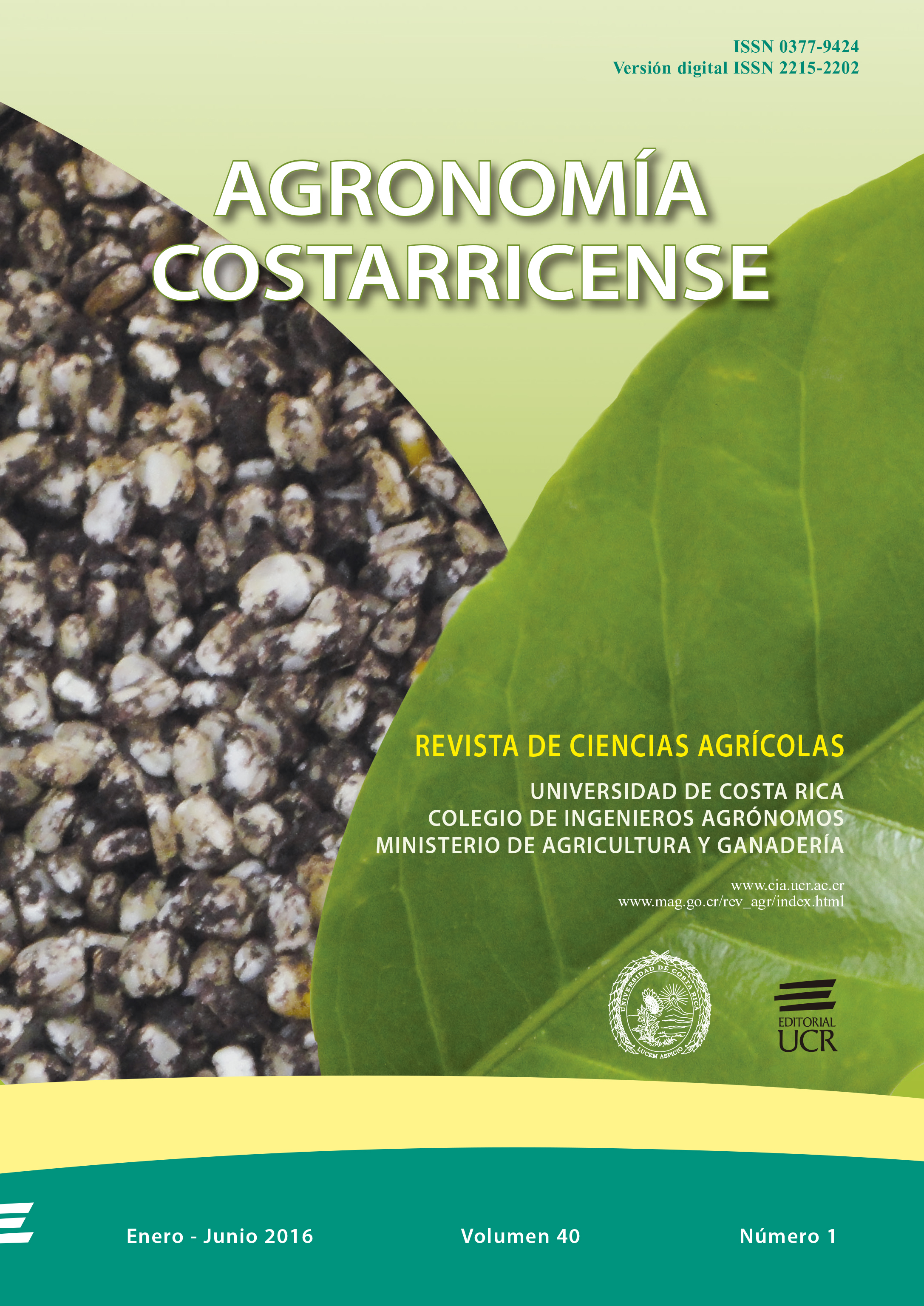Resumen
Aplicación de GPS y GIS para estudiar el comportamiento en pastoreo de vacas lecheras. Se evaluó el uso de los Sistemas de Posicionamiento Global (GPS) para discriminar las actividades de pastoreo de vacas lecheras. El estudio se realizó en la granja robotizada de la Estación Biológica WK Kellogg de la Universidad Estatal de Michigan, entre 11 y 20 de agosto, 2010. Mediante observación de las actividades de forrajeo en diferentes sitios, usando sensores remotos se llevó un registro de la actividad de 4 vacas lactantes Holstein (650 kg PV; 23 kg.día-1) equipadas con collares GPS, que registran la posición de la cabeza con sensores de movimiento para los ejes X y Y. Los GPS mostraron 82-86% de probabilidad que la estimación de las ubicaciones de los animales tuviesen un error de 7 m. Estos datos sugirieron que las vacas permanecieron en las pasturas la mayor parte del tiempo (94,6±0,92%) y dentro del establo sólo un 5,4% (±0,92) del tiempo. Cuando las vacas estaban en las pasturas, la mayor parte del tiempo la dedicaron a pastoreo (51%); otra parte se dedicó a reposo (43%) y 6% a traslado. El ganado viajó en promedio 3385±712 m por día. En días de temperatura baja la actividad principal de las vacas fue el pastoreo (92%) y en días de media y alta temperatura el pastoreo fue sólo 62,6 y 59,4%, respectivamente. Por el contrario, el reposo fue la actividad más importante bajo media y alta temperatura (33,6 y 31,8%, respectivamente). Se demostró la utilidad de la teledetección y los GPS para monitorear el comportamiento animal.
Citas
BLACK C.M., CIBILS A., ENDECOTT R.L., PETERSEN M.K., BOYKIN K.G. 2008. Piñon–Juniper Woodland Use by Cattle in Relation toWeather and Animal Reproductive State. Rangeland Ecology & Management 61:394-404.
DEPEW J.J. 2004. Habitat selection and movement patterns of cattle and white-tailed deer in a temperate savanna. Master’s thesis, Texas A&M University. Texas A&M University. 85 p. Consulted on 10-10-2014, available electronically from http://oaktrust.library.tamu.edu/ bitstream/handle/1969.1/2616/etd-tamu-2004B-2-RLEM-Depew.pdf?sequence=4&isAllowed=y
DI RIENZO J.A., CASANOVES F., BALZARINI M.G., GONZALEZ L., TABLADA M., ROBLEDO C.W. 2008. InfoStat, versión 2008, Grupo InfoStat, FCA, Universidad Nacional de Córdoba, Argentina. 336 p.
GANSKOPP D.C. 2001. Manipulating cattle distribution with salt and water in large arid-land pastures: a GPS/GIS assessment. Applied Animal Behaviour Science 73:251–262.
GANSKOPP D., BOHNERT D. 2006. Do pasture-scale nutritional patterns affect cattle distribution on rangelands? Rangeland Ecol. Manage 59:189-196.
GANSKOPP D.C., JONHSON D.D. 2007. GPS Error in Studies Addressing Animal Movements and Activities. Rangeland Ecol. Manage 60:350-358.
GARY L.A., SHERRITT G.W., HALE E.B. 1970. Behavior of Charolais cattle on pasture. J. Anim. Sci. 30:203-206.
GUO Y., CORKE P., POULTON G., WARK T., BISHOP G., SWAIN D. 2006. Animal Behaviour Understanding using Wireless Sensor Networks. Proceedings. 2006 31st IEEE C.
HANDCOCK R.N., SWAIN D.L., BISHOP G.J., PATISON K.P., WARK T., VALENCIA P., CORKE P., O’NEILL C.J. 2009. Monitoring animal behavior and environmental interactions using wireless sensor networks, GPS collars and satellite remote sensing. Sensors 9, 3586-3603 p. doi: 10.3390/s90503586
JOHNSON D.E., WILSON M., WILSON K.D., LARSON L.L., WILLIAMS J., NDZEIDZE S.K., DEL CURTO T., CLARK P.E. 2009. Spatial Behavior and Distribution of Cattle Grazing Riparian Zones in Northeastern Oregon, pp. 3-4.
MOEN R., PASTOR J., COHEN Y., SCHWARTZ C.C. 1996. Effects of moose movement and habitat use on GPS collar performance. Journal of Wildlife Management 60:659-668.
MORA J., SERRANO J.R., PIÑEROS R., DIAZ G. 2014. Cattle´s grazing distribution for searching fodder and comfort´s areas on tropical silvo-pastures: an approach using GPS. Proc. Aust. Soc. Anim. Prod. 30:389.
NATIONAL RESEARCH COUNCIL. 1996. Nutrient requirements of beef cattle. 7th d. Washington, DC: National Academy Press. 242 p.
SERRANO R. 2013. Interacción entre cobertura arbórea y comportamiento animal durante las épocas seca y húmeda en pasturas del Magdalena medio Tolimense. Tesis de maestría, Universidad Nacional de Colombia, Palmira. 122 p.
TOMKINS N., O’REAGAIN P. 2007. Global positioning systems indicate landscape preferences of cattle in the subtropical savannas. Rangeland J. 29:217-222.
TURNER L.W., UDAL M.C., LARSON B.T., SHEARER S.A. 2000. Monitoring cattle behavior and pasture use with GPS and GIS. Can. J. Anim. Sci. 80:405-413.
UNGAR E.D., HENKIN Z., GUTMAN M., DOLEV A., GENIZI A., GANSKOPP D. 2005. Inference of Animal Activity From GPS Collar Data on Free-Ranging Cattle Rangeland Ecol. Manage 58:256-266.


